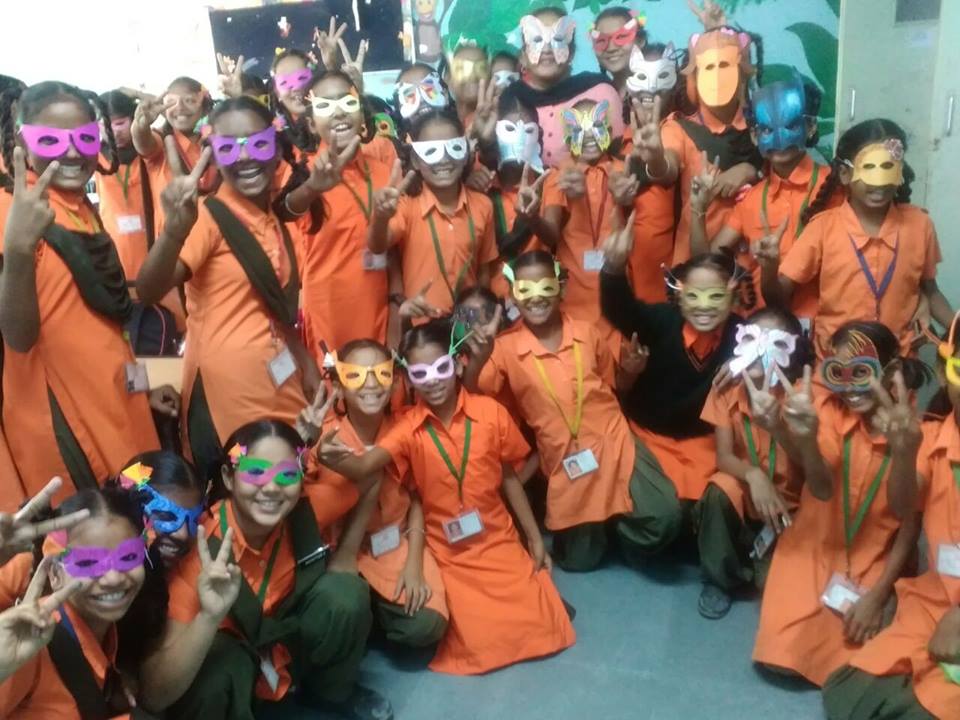
Mission
Edu-GIRLS’ mission is to help girls living in extreme poverty achieve financial independence through a system of free, holistic and need-based education, vocational training and college scholarships, customized to overcome barriers of class and gender.
Life Challenges of the Women Served
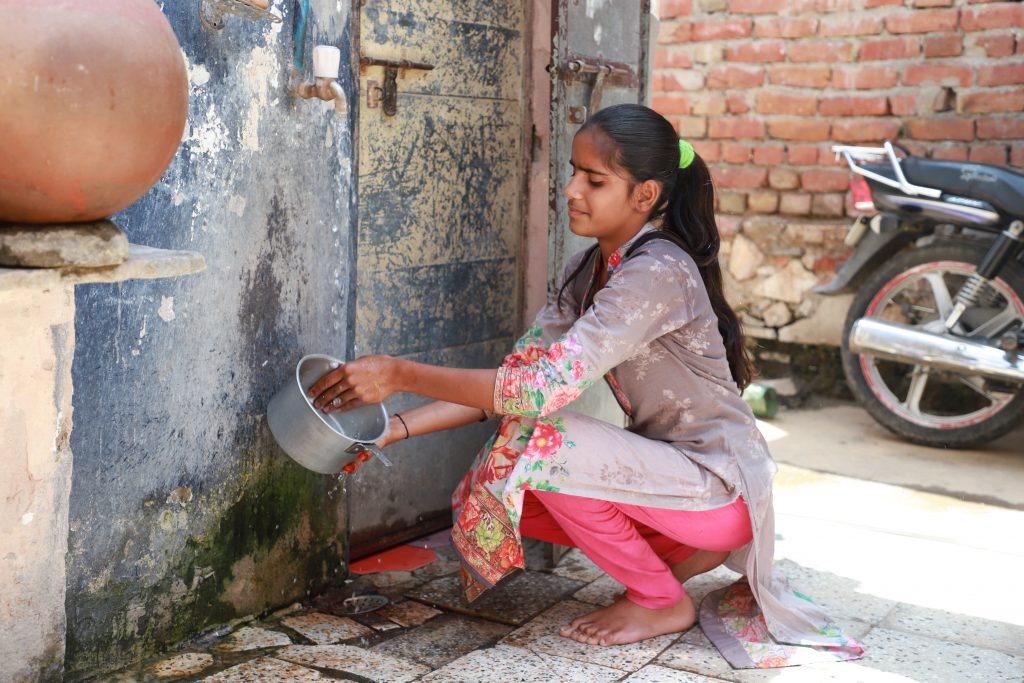 The World Bank estimates that the cost to global society of not educating girls is $15 – $30 trillion. UNESCO found that, of children not in school, the most difficult segment to reach is girls living in poverty. In poor countries, only 67 percent of girls finish primary school, while just 34 percent finish secondary school, and a mere fraction complete high school.
The World Bank estimates that the cost to global society of not educating girls is $15 – $30 trillion. UNESCO found that, of children not in school, the most difficult segment to reach is girls living in poverty. In poor countries, only 67 percent of girls finish primary school, while just 34 percent finish secondary school, and a mere fraction complete high school.
In India, and other countries, one of the issues affecting girls’ access to education is gender bias. It can cause families to divert limited resources to boys and neglect girls, and to marry their daughters off at a young age. In India, 47 percent of girls marry before age 18 – and child brides are much less likely to be in school. Girls are also expected to manage households and take care of younger siblings.
Those girls who manage to attend school in impoverished areas are not learning the skills they need for the current technology-dependent market. At Vimukti School in Jaipur, India, where the project is based, girls currently have access to computers for just two hours per week. The pace of integration of technology into lesson plans is slow due to lack of adequate hardware, as well as the need for more teacher training. More structured computer time at school and self-learning at home is needed to help build IT skills, enhance the quality of learning in senior grades, and meet a critical need as girls seek good jobs to achieve financial independence.
Edu-GIRLS focuses on the education of impoverished girls. The primary beneficiaries of their programs are girls from families with incomes less than $150 a month. They come from urban slums inhabited by migrants attracted to the city by its high demand for service jobs requiring low skills. Ninety percent of them are from Schedule Caste/Tribes or minority groups of economically challenged communities.
The Project
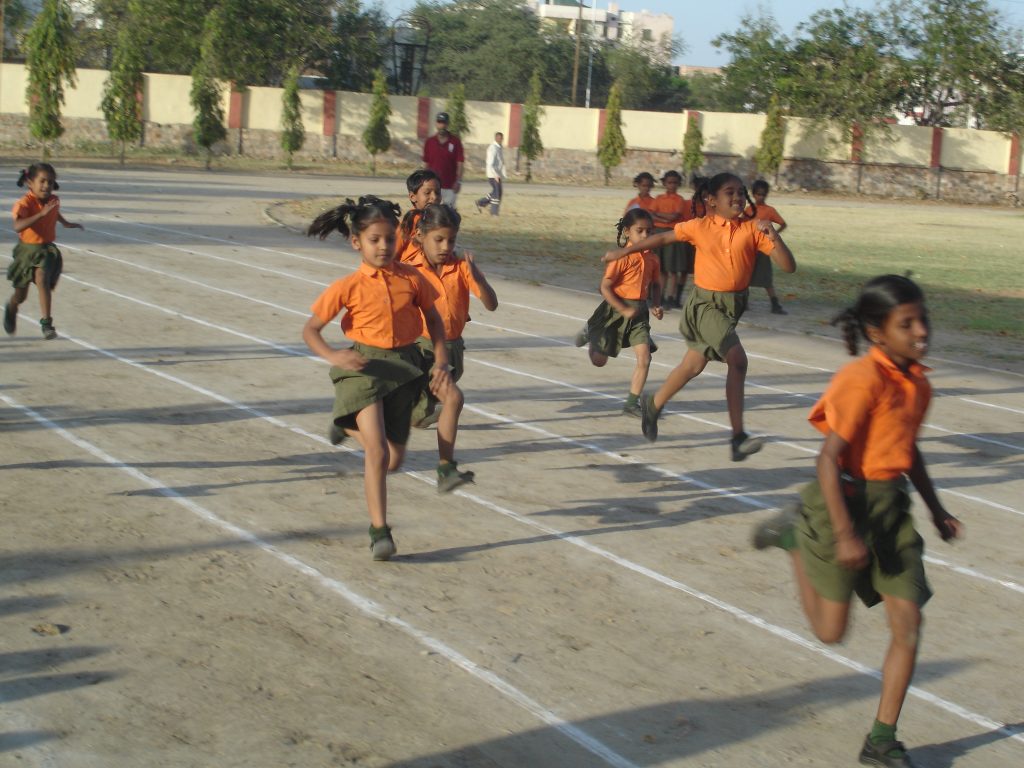 The project’s main goal is to improve the quality of the learning experience in senior grades and provide critical information technology skills to prepare girls for the technology-savvy job market. Specifically, the project would increase girls’ access to computers to more than 12 hours per week, train teachers in the use of technology in daily lesson plans, integrate technology in at least 50 percent of classroom time for all subjects in the senior grades, and enhance girls’ learning about information technology and their use of commercially relevant software. The project will directly serve about 95 girls who are expected to be in the Senior School in the 2020 – 2021 school year. These girls will all be from families earning less than $150 per month. Indirectly, the families of these girls will be impacted by having a laptop at home.
The project’s main goal is to improve the quality of the learning experience in senior grades and provide critical information technology skills to prepare girls for the technology-savvy job market. Specifically, the project would increase girls’ access to computers to more than 12 hours per week, train teachers in the use of technology in daily lesson plans, integrate technology in at least 50 percent of classroom time for all subjects in the senior grades, and enhance girls’ learning about information technology and their use of commercially relevant software. The project will directly serve about 95 girls who are expected to be in the Senior School in the 2020 – 2021 school year. These girls will all be from families earning less than $150 per month. Indirectly, the families of these girls will be impacted by having a laptop at home.
The major components of the project are:
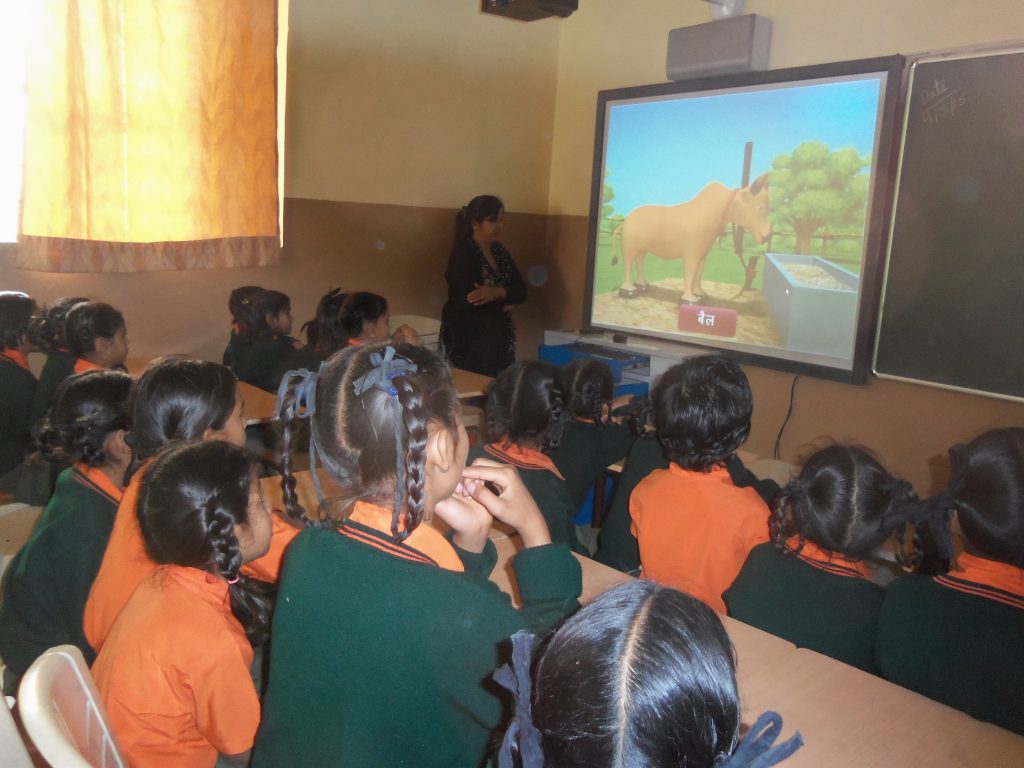 Increased access to computers both in school and at home for all girls in grades nine and above. Laptops with associated software would be used at school as part of normal course work as well as for special IT training classes. These laptops would have self-learning tutorials for use at home. About 110 laptops would be procured locally, loaded with relevant software.
Increased access to computers both in school and at home for all girls in grades nine and above. Laptops with associated software would be used at school as part of normal course work as well as for special IT training classes. These laptops would have self-learning tutorials for use at home. About 110 laptops would be procured locally, loaded with relevant software.- Training of teachers: New teachers come with IT skills, but experienced teachers need special training to be able to integrate IT and internet applications into lesson plans. Fifteen teachers will participate in four weeks of specialized training.
- Increased self-learning opportunities: The little time girls have at home to study would be better used for self-learning by inclusion of special software on their personal laptops. The Indian Institute of Technology (IIT) Bombay’s Spoken Tutorial software, in use at 4,000 colleges, will be downloaded on laptops. Open source STEM learning software will also be used. A formal certification in IT will be offered.
- Enhanced quality of college/career counseling. As girls get enhanced IT skills, career counseling will be strengthened as well. The school will obtain specialist IT counselor services for all girls in senior grades, backed by Edu-GIRLS’ performance-based scholarships until they get jobs.
Impact:
Direct Impact – 95 girls, Indirect Impact – 15 teachers, plus family members of girls
UN Sustainable Development Goals
![]()
![]()
![]()
![]()
Questions for Discussion
- How do you think technology-focused education of girls will impact gender bias in India?
- What do you think the impact will be of having laptops at home?
- How do you think girls’ education can affect the global economy?
How the Grant Will be Used
DFW’s grant is $37,650 for one year will fund the following:
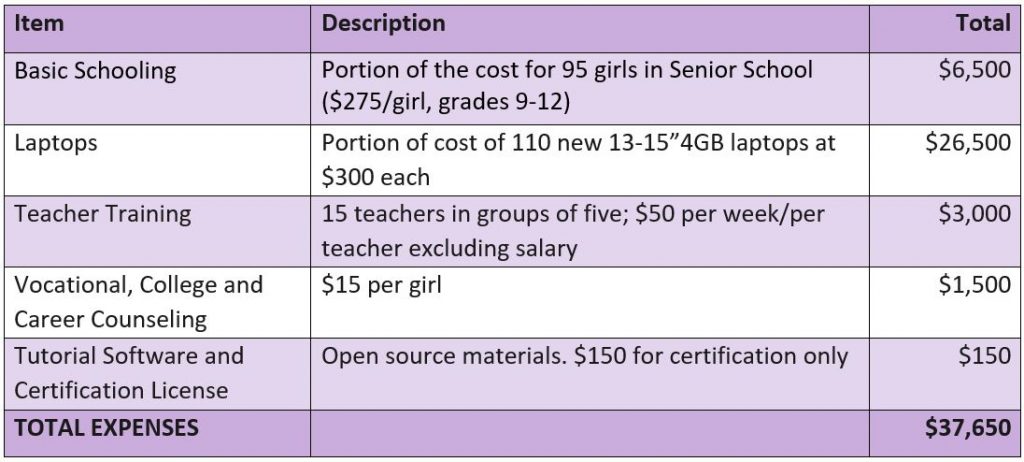
Why We Love This Project/Organization
We love Edu-GIRLS’ focus on offering customized, quality education for girls living in urban poverty. It does this by offering flexible school times, pre- and after-school care, a secure campus, safe and quick transportation, nutrition, basic health care, winter clothing, sports and performing arts, vocational training or college scholarships, and parental/family counseling. Most importantly, Edu-GIRLS provides girls with smart classrooms, laptops, and customized IT skills to prepare them for well-paying jobs.
Evidence of Success
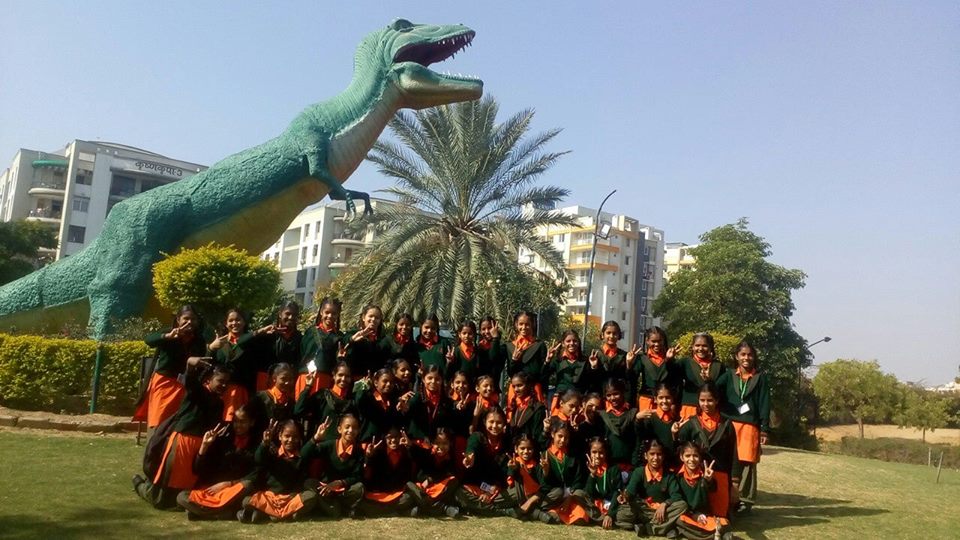 Edu-GIRLS’ effort has grown from a small collection of $9,000 in 2012 to reach a cumulative fundraising level of $650,000, in partnership with Rotary International, Worldwide Education Fund, and Million Dollar Round Table Foundation. An advisory group of former World Bank experts and other professionals provides strategic guidance. Edu-GIRLS’ operations are efficient: 90 percent of funds raised go into education.
Edu-GIRLS’ effort has grown from a small collection of $9,000 in 2012 to reach a cumulative fundraising level of $650,000, in partnership with Rotary International, Worldwide Education Fund, and Million Dollar Round Table Foundation. An advisory group of former World Bank experts and other professionals provides strategic guidance. Edu-GIRLS’ operations are efficient: 90 percent of funds raised go into education.
Edu-GIRLS is currently working in four schools with about 850 girls. Its premier project is the Vimukti Girls School (VGS) in Jaipur, India. VGS began in 2004 with 23 girls and is now a high school with 650 girls. Seven girls from the original 2004 batch are in college on scholarship, and two are in jobs after vocational training. The School Board examinations pass rate is 100 percent.
About the Organization
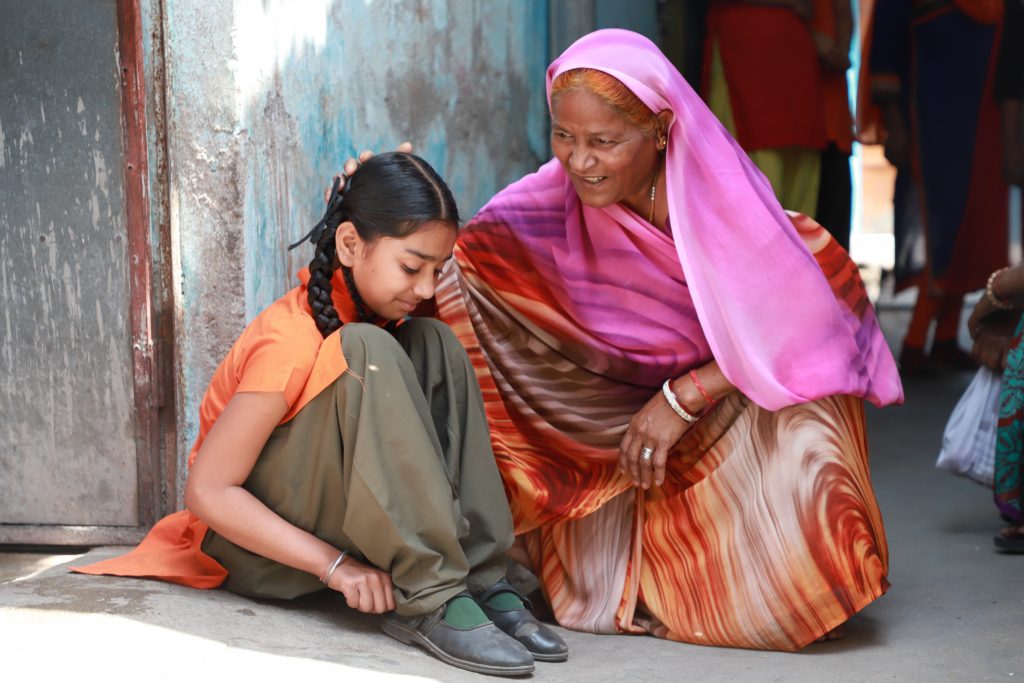 Edu-GIRLS was founded in 2014 by a former World Bank Director. Edu-GIRLS focuses on the education of girls living in poverty who miss out on education, given the heavy reliance in poor households on girls’ time for family survival, preference to invest in boys, an unwillingness to “waste” time in poor quality schools, a concern for security, and pressure for early marriage.
Edu-GIRLS was founded in 2014 by a former World Bank Director. Edu-GIRLS focuses on the education of girls living in poverty who miss out on education, given the heavy reliance in poor households on girls’ time for family survival, preference to invest in boys, an unwillingness to “waste” time in poor quality schools, a concern for security, and pressure for early marriage.
Edu-GIRLS seeks to apply the global experience, especially of the World Bank, to deliver education customized to the circumstance of girls living in poverty. To achieve this goal, Edu-GIRLS provides technical assistance and financial support to schools to pursue holistic need-based education geared to eliminate both in-school and out-of-school constraints that could prevent a girl from finishing high school, getting into vocational training or college, and ultimately, into a job.
Where They Work

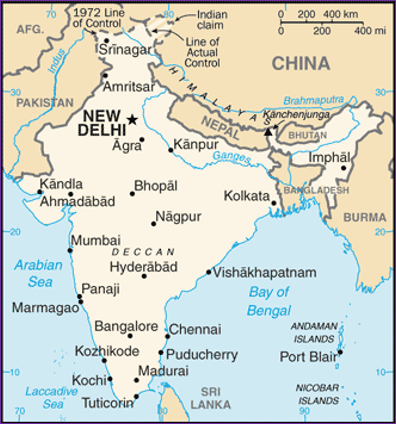
India is located in Southern Asia, bordering the Arabian Sea and the Bay of Bengal, between Burma and Pakistan in an area slightly more than one-third the size of the US. The population is 1.3 billion (July 2018 estimate). The median age for males is 27.5 and is 28.9 for females. Life expectancy for the total population is 69.1 years.
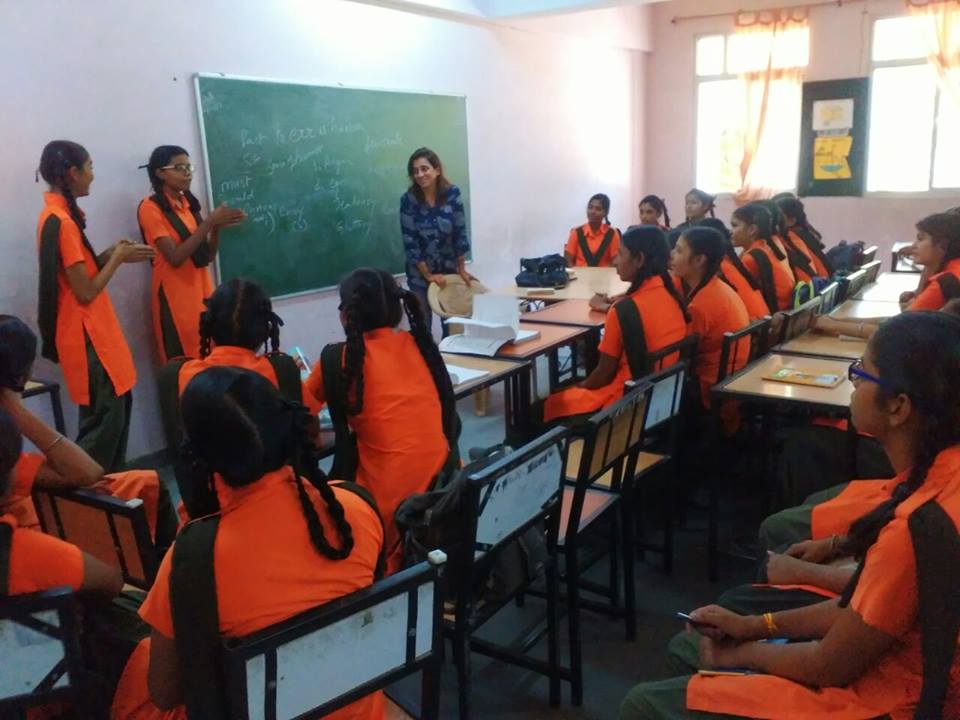 India’s diverse economy encompasses traditional village farming, modern agriculture, handicrafts, a wide range of modern industries, and a multitude of services. Slightly less than half of the workforce is in agriculture, but services are the major source of economic growth, accounting for nearly two-thirds of India’s output but employing less than one-third of its labor force. India has capitalized on its large, educated, English-speaking population to become a major exporter of information technology services, business outsourcing services, and software workers. Nevertheless, per capita income remains below the world average. Currently, Indian women contribute only 17 percent to the country’s GDP – less than half the global average – and only 22.1 percent of India’s labor force is women.
India’s diverse economy encompasses traditional village farming, modern agriculture, handicrafts, a wide range of modern industries, and a multitude of services. Slightly less than half of the workforce is in agriculture, but services are the major source of economic growth, accounting for nearly two-thirds of India’s output but employing less than one-third of its labor force. India has capitalized on its large, educated, English-speaking population to become a major exporter of information technology services, business outsourcing services, and software workers. Nevertheless, per capita income remains below the world average. Currently, Indian women contribute only 17 percent to the country’s GDP – less than half the global average – and only 22.1 percent of India’s labor force is women.
The literacy rate for the total population is 71.2 percent, with 81.3 percent of males being literate, compared to 60.6 percent of females. The maternal mortality rate is 174 deaths/100,000 live births. The infant mortality rate is 37.8 deaths/1,000 live births.
A Closer Look at Girls with Skills in Technology – Changing the World
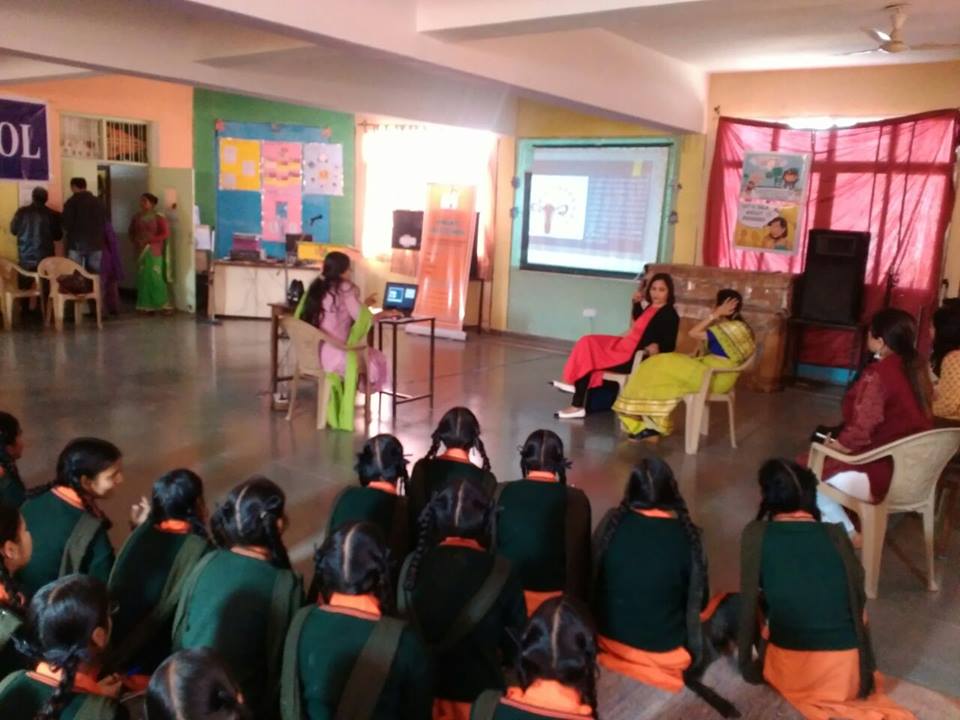 The role of science education in a changing world cannot be undervalued: it is estimated that fully 90 percent of future jobs will require some form of ICT (information and communication technology) skills, and the fastest growing job categories are related to STEM (science, technology, engineering, and mathematics). Recent studies indicate the addition of 58 million new jobs in areas such as data analysis, software development, and data visualization.
The role of science education in a changing world cannot be undervalued: it is estimated that fully 90 percent of future jobs will require some form of ICT (information and communication technology) skills, and the fastest growing job categories are related to STEM (science, technology, engineering, and mathematics). Recent studies indicate the addition of 58 million new jobs in areas such as data analysis, software development, and data visualization.
Our world faces multiple challenges, including climate change, cyberwarfare, the reorientation of job sectors, and the fragility of economic and political systems. We need every tool to understand these threats and craft workable solutions. STEM fields are key.
But women and girls continue to be extremely under-represented in the sciences. Why is this important? Simply put, diversity helps drive innovation. Research shows that diverse teams perform better. Individuals from different genders, races, backgrounds, and experiences bring different perspectives that can lead to innovative solutions. At every level, we need our best thinkers – and that must include women.
Source Materials
